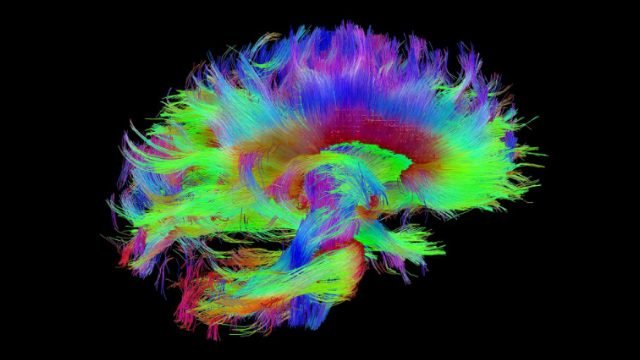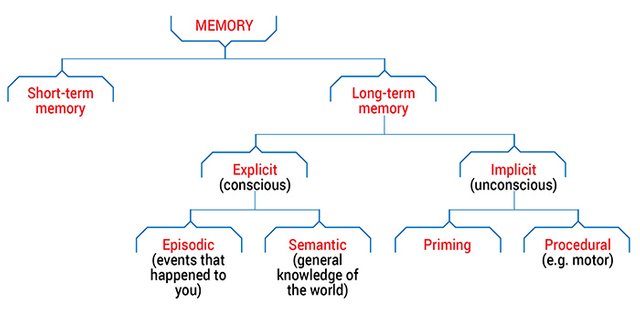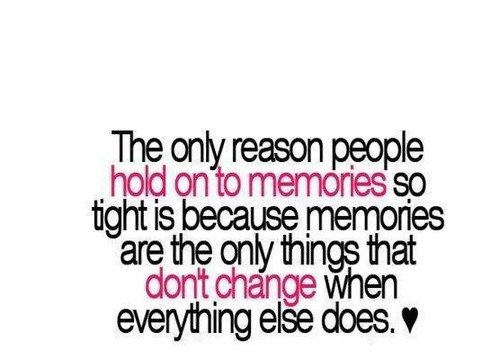Understanding Social Encoding
Understanding Social Encoding

Image Source
Social encoding is the way toward speaking to outside social stimuli in human personalities that depends vigorously on what catches it's attention.
4 Stages of Social Encoding
- Pre-attentive investigation
- Focal attention
- Comprehension
- Elaborative reasoning
Influencer of Attention
- Salience
- Accessibility
Salience
Is the property of a stimulus that influences it to emerge in respect to other stimuli in a specific context. Individuals can be salient since they are novel and emerge against the background, on the grounds that their appearance or behavior does not fit others desires for them, or in light of the fact that they are critical in a specific context.
Salient individuals draw in attention and are viewed as more powerful in a group, all the more actually in charge of their behavior and less impacted by the circumstance. We normally go to nearly to them and frame rational impressions of them. Individuals don't really review more about salient individuals; rather, they think that its less demanding to hold a rational mental picture of them.

Image Source
Accessibility
Attention is regularly coordinated not such a great amount by stimulus properties out there but rather by the accessibility of schemas that we as of now have in our heads. Since available schemas are ones we frequently utilize and are predictable with our objectives, needs and desires, they are effortlessly enacted or primed by things we see or hear.
Preparing is an actuation of open schemas in memory that impact how we process new data. Once primed, a schema translates stimuli, especially equivocal stimuli, in a class reliable way. In any case, when individuals end up mindful that a classification has been primed, they may endeavor to balance it.
Charles Stangor has demonstrated that gender is frequently an open class that is promptly primed and used to translate behavior, yet in the event that you realized that gender had been primed, you may attempt to decipher behavior in a non-gendered way. What we recall about individuals is our individual memory, and how this is sorted out impacts our behavior, now and then significantly.
We tend not to depend on memory but rather frame impressions of individuals on-line, depending on approaching information that are acclimatized by schemas to create an impression. Human memory relies upon what connects with our attention in collaborating with individuals, specifically about it's behavior and identity.

Image Source
As per Thomas Srull and Robert Wyer, the more a man center, the all the more profoundly it process and store data about some person. Acquainted connections fluctuate in quality. Connections end up more grounded the more they are initiated by psychological practice and a node will probably be recalled if there are numerous solid connects to it.
2 Levels of Memory
- Long-term Memory
- Short-term Memory
This essential model of memory applies to individual memory, with one vital component – data that is conflicting with an impression we have of somebody pulls in attention and creates comprehension, and is in this way better recalled.
This is in all probability on the off chance that we don't as of now have an entrenched impression, if the irregularity is evaluative instead of descriptive, and if the judgment errand is basic and we can't think precisely about our impression.

Image Source
References:
Encoding
Transference in Social Perception
Handbook of Prejudice, Stereotyping, and Discrimination
Social Cognition - How Do We Think About The Social World
Person Memory and Judgment
A Model of Consumer Memory and Judgment
Posted from my blog with SteemPress : https://steemme.000webhostapp.com/2018/07/understanding-social-encoding